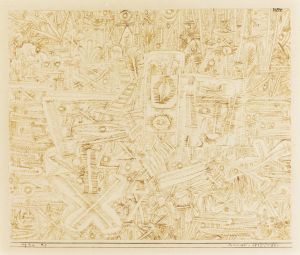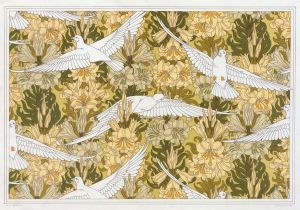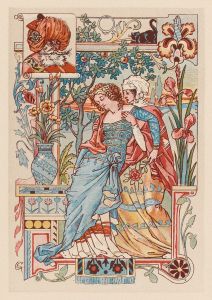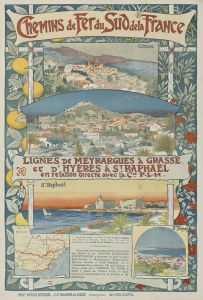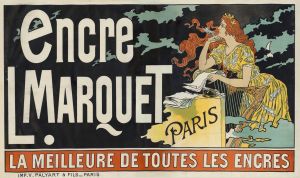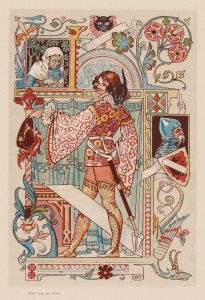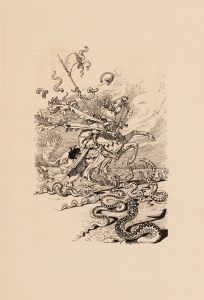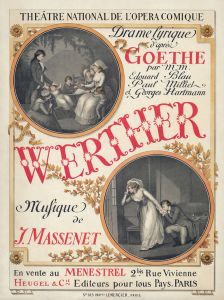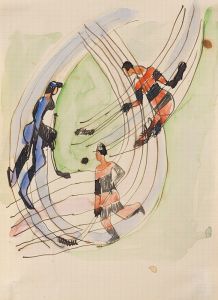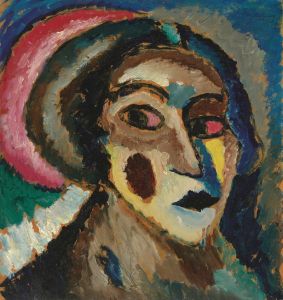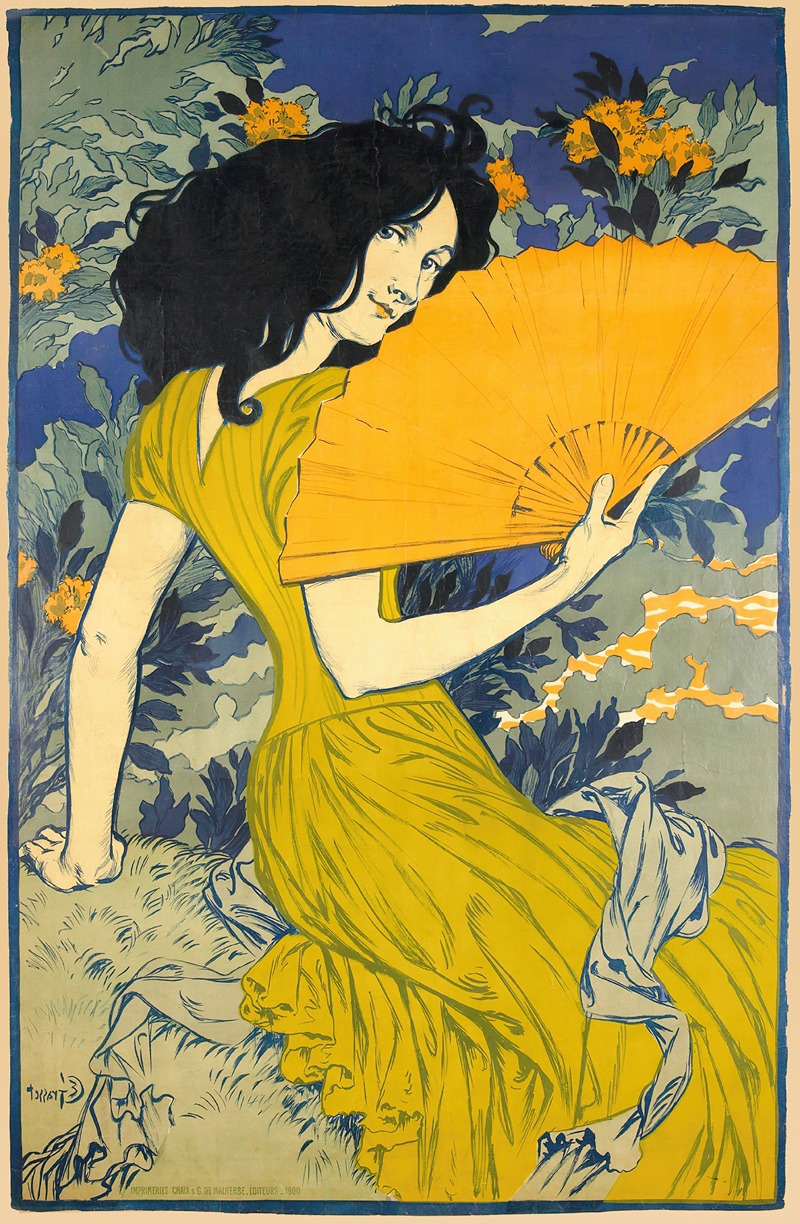
L’Éventail
A hand-painted replica of Eugène Grasset’s masterpiece L’Éventail, meticulously crafted by professional artists to capture the true essence of the original. Each piece is created with museum-quality canvas and rare mineral pigments, carefully painted by experienced artists with delicate brushstrokes and rich, layered colors to perfectly recreate the texture of the original artwork. Unlike machine-printed reproductions, this hand-painted version brings the painting to life, infused with the artist’s emotions and skill in every stroke. Whether for personal collection or home decoration, it instantly elevates the artistic atmosphere of any space.
Eugène Grasset's L’Éventail (The Fan) is a notable artwork created by the Swiss-born French artist and designer Eugène Grasset (1845–1917). Grasset was a prominent figure in the Art Nouveau movement, known for his contributions to graphic design, illustration, and decorative arts. L’Éventail exemplifies his mastery of ornamental design and his ability to blend fine art with applied art.
The artwork was created in 1894 as part of Grasset's exploration of decorative motifs and his interest in integrating art into everyday objects. L’Éventail was specifically designed as a lithographic print intended to be used as a fan, a functional and fashionable accessory during the late 19th century. The piece reflects the Art Nouveau aesthetic, characterized by flowing lines, organic forms, and a harmonious integration of nature-inspired elements.
The composition of L’Éventail features a central female figure surrounded by intricate floral patterns and soft, curvilinear lines. The woman is depicted in a serene pose, embodying the elegance and refinement associated with the Art Nouveau style. The use of muted yet rich colors, combined with the detailed ornamentation, demonstrates Grasset's skill in creating visually striking yet balanced designs.
Grasset's work on L’Éventail aligns with his broader philosophy of art as a unifying force between beauty and utility. He believed in the importance of bringing artistic quality to everyday objects, a principle that was central to the Art Nouveau movement. This approach is evident in L’Éventail, where the fan serves both as a practical item and as a work of art.
The lithograph was published by G. de Malherbe, a Parisian printer known for producing high-quality prints. It gained recognition for its innovative design and contributed to Grasset's reputation as a leading figure in the decorative arts. Today, L’Éventail is considered a significant example of Art Nouveau design and is studied for its artistic and historical value.
Eugène Grasset's contributions to the Art Nouveau movement extended beyond L’Éventail, as he also worked on posters, book illustrations, stained glass, and textiles. His influence can be seen in the works of other artists and designers of the period, and his legacy continues to be celebrated in the history of decorative arts.





